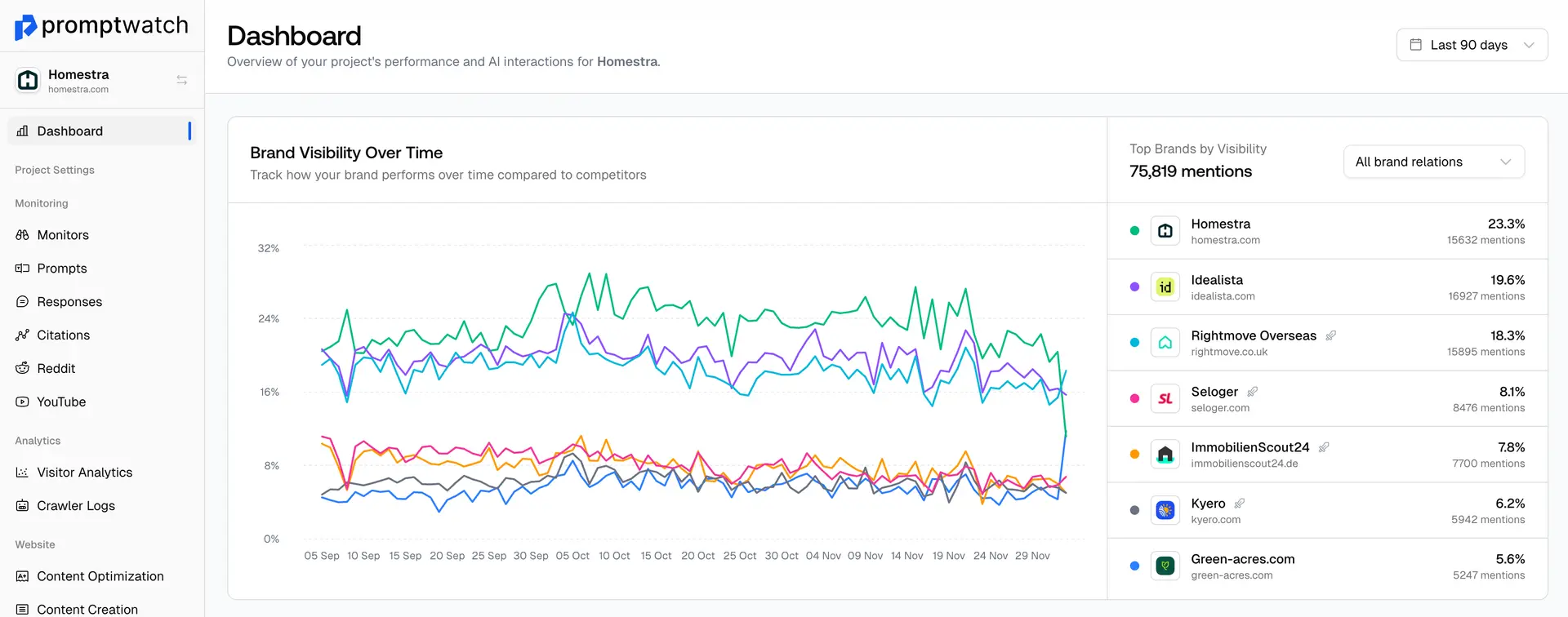Definition
Image Optimization refers to the process of reducing image file sizes while maintaining visual quality, implementing proper formatting and technical specifications, and ensuring images contribute positively to website performance and SEO. Effective image optimization involves choosing appropriate file formats (JPEG for photos, PNG for graphics with transparency, WebP for modern browsers), compressing images to reduce file sizes, implementing responsive images for different screen sizes, using descriptive filenames and alt text, and leveraging modern loading techniques like lazy loading.
Image optimization is crucial for website performance as images often account for the majority of page load time, directly impacting Core Web Vitals and user experience. For AI-powered search and GEO optimization, image optimization is important because AI systems increasingly analyze visual content and rely on image metadata for context understanding.
Properly optimized images with descriptive alt text and filenames help AI models understand content context and may improve the likelihood of content citation. Additionally, faster-loading images contribute to better overall page performance, which AI systems may consider when evaluating source quality.
Image optimization best practices include compressing images without quality loss, implementing modern formats like WebP when supported, using responsive image techniques, adding descriptive alt text for accessibility and SEO, optimizing image filenames with relevant keywords, implementing lazy loading for improved performance, and using CDNs for faster image delivery across geographic locations.
Examples of Image Optimization
- An e-commerce site reducing product image file sizes by 70% while maintaining visual quality, improving page load times significantly
- A photography blog implementing WebP format and lazy loading to improve performance while showcasing high-quality images
- A news website optimizing featured images with descriptive alt text and responsive sizing for better accessibility and performance
- A business website compressing hero images and implementing proper sizing to improve Core Web Vitals scores
